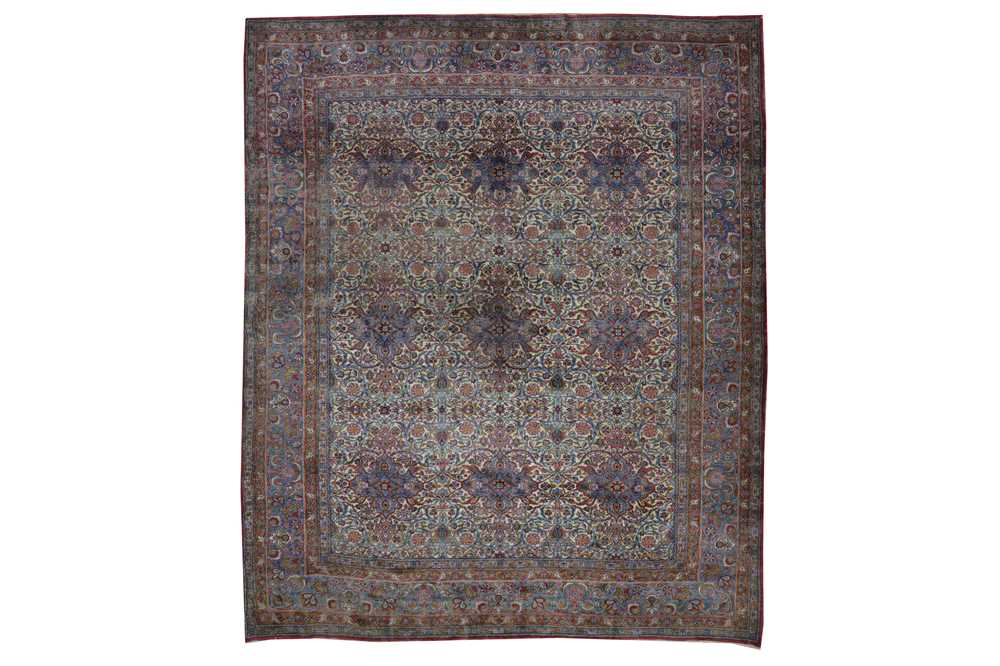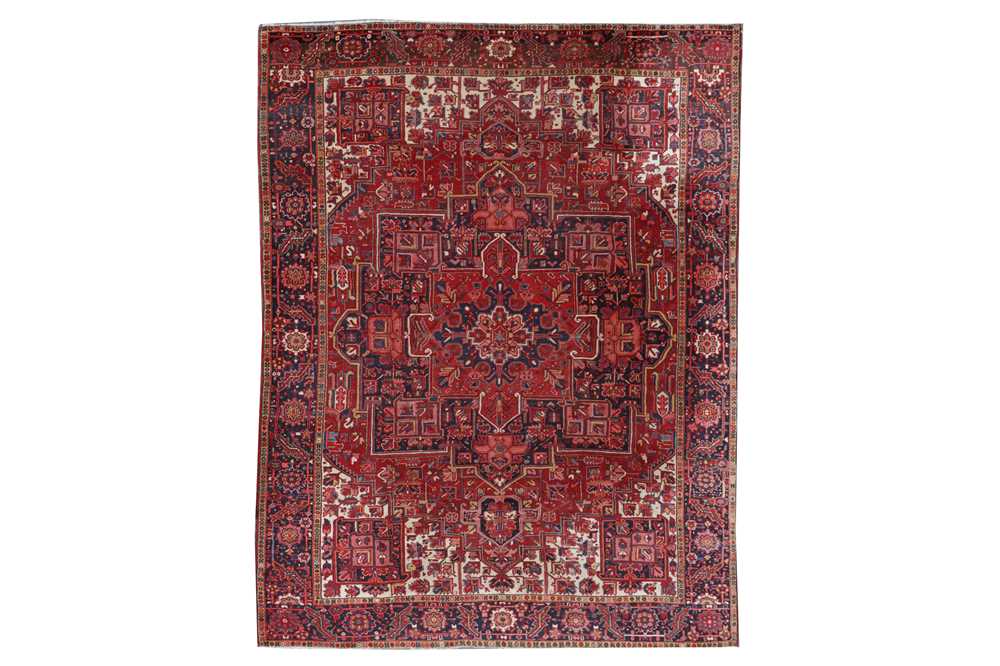How to Buy an Antique Rug
Expert Tips for Choosing the Right Piece for Your Home
Antique rugs, defined as being 80 years or older, are not just suited to period homes. Their quality, craftsmanship and variety of styles can enhance both traditional and modern interiors. With rich colours, enduring materials and time-worn character, antique rugs can add texture and story to any room. But what should you consider before investing in one?
Ahead of our Fine Rugs and Carpets sale, Head of Department Mark Lampe shares his expert advice on what to look for when buying an antique rug.
A fine Kirman Laver carpet, South Persia
Start with Knowledge
Understanding the different types of rugs available will help you identify what best suits your taste and space. Some rugs feature intricate floral patterns, while others reflect tribal influences with bold, geometric designs.
Wool, cotton and silk were the traditional materials used in antique rug weaving. Wool is durable and commonly found, while silk offers a luxurious texture and higher value. The most valuable rugs are often made with silk on silk or silk blended with fine wool.
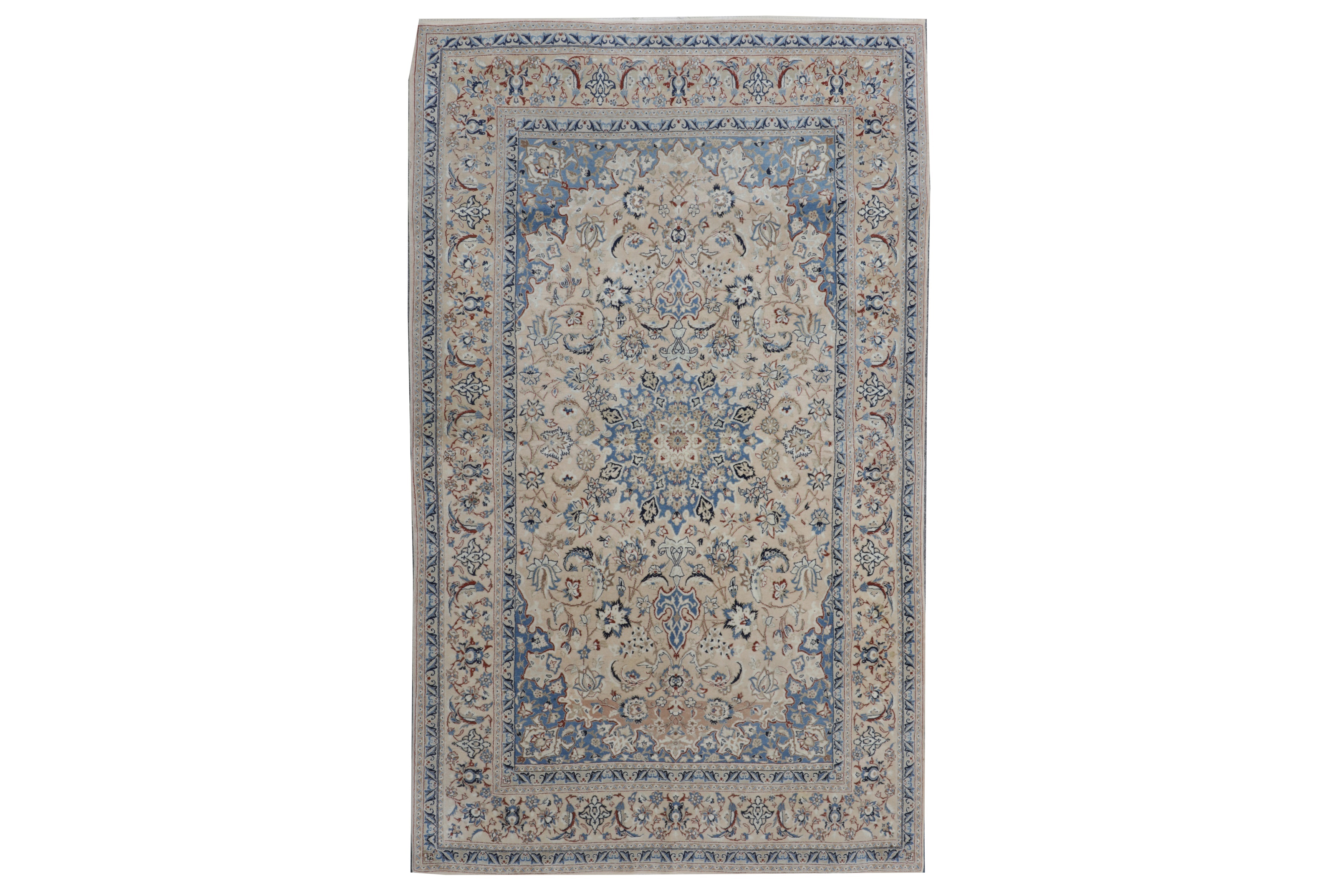
An extremely fine part silk nain rug, Central Persia
Types of Antique Rugs
Tribal Rugs
These are smaller, brightly coloured rugs typically woven by nomadic tribes. Designed for domestic use and trade, they feature stylised patterns and reflect regional identities.
Court Period Rugs
Originating in the courts of the Ottoman, Safavid and Mughal empires, these rugs were symbols of wealth and status. They often feature lavish materials, sophisticated designs and extraordinary craftsmanship. Today, they are among the most sought-after by collectors.
A fine Heriz carpet, North-West Persia
What Collectors Look For Today
Rare 19th-century or earlier rugs, especially those from the Mughal, Safavid or Ottoman periods, are highly prized. For general buyers, smaller tribal rugs are popular for display purposes. Antique Seychour rugs from Azerbaijan, known for their vivid graphics and colours, remain in demand. Persian silk rugs from the 19th century are also favoured for their delicate patterns and soft palettes, making them versatile for many home styles.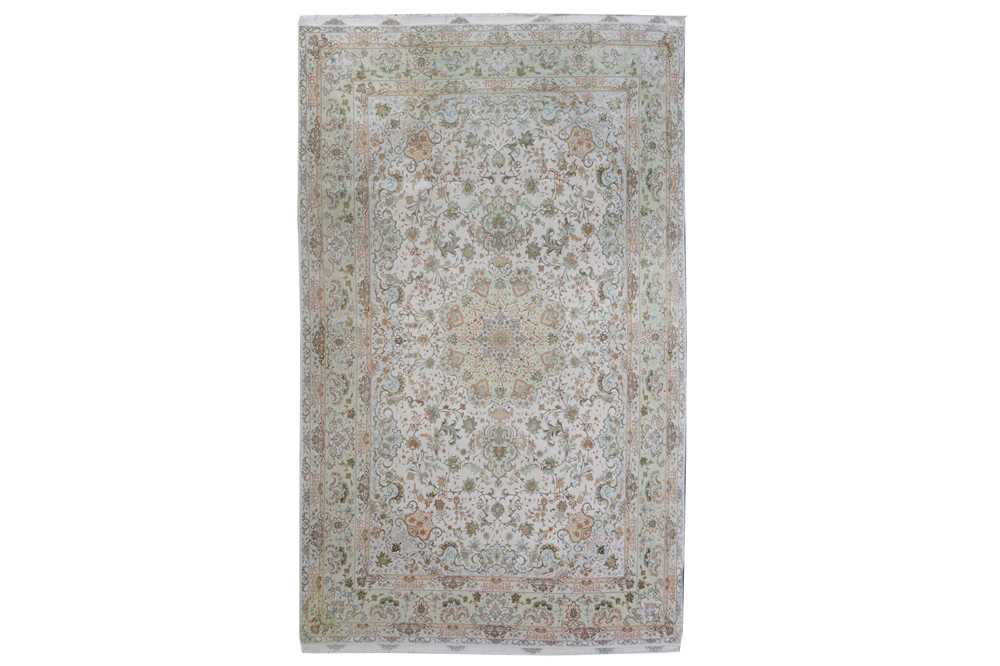
A very fine part silk Tabriz carpet, North-West Persia
Assessing Condition
Antique rugs naturally show signs of use, but condition plays a key role in determining value. Avoid rugs with serious wear or structural issues as restoration can be costly. We always recommend reviewing condition reports before buying, which our specialists provide to ensure transparency and confidence in your purchase.
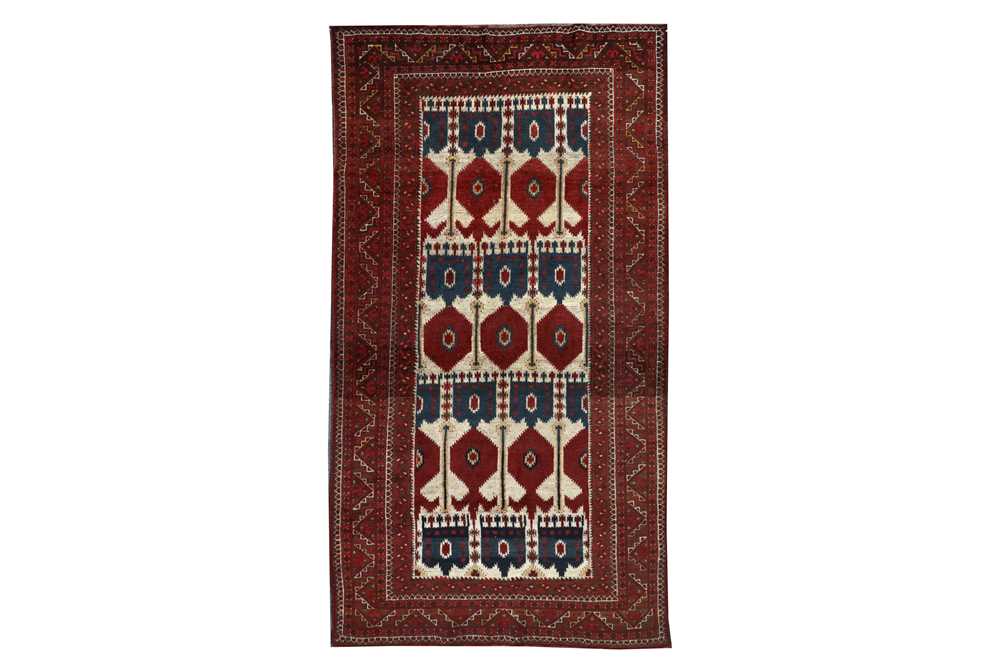
An antique Beshir rug, Turkmenistan
Check for Natural Dyes
Before the widespread use of chemical dyes in the mid-19th century, rugs were coloured using natural plant-based dyes. These produce rich, lasting hues and are a good indicator of age and authenticity. Rugs with natural dyes are generally more desirable among collectors.
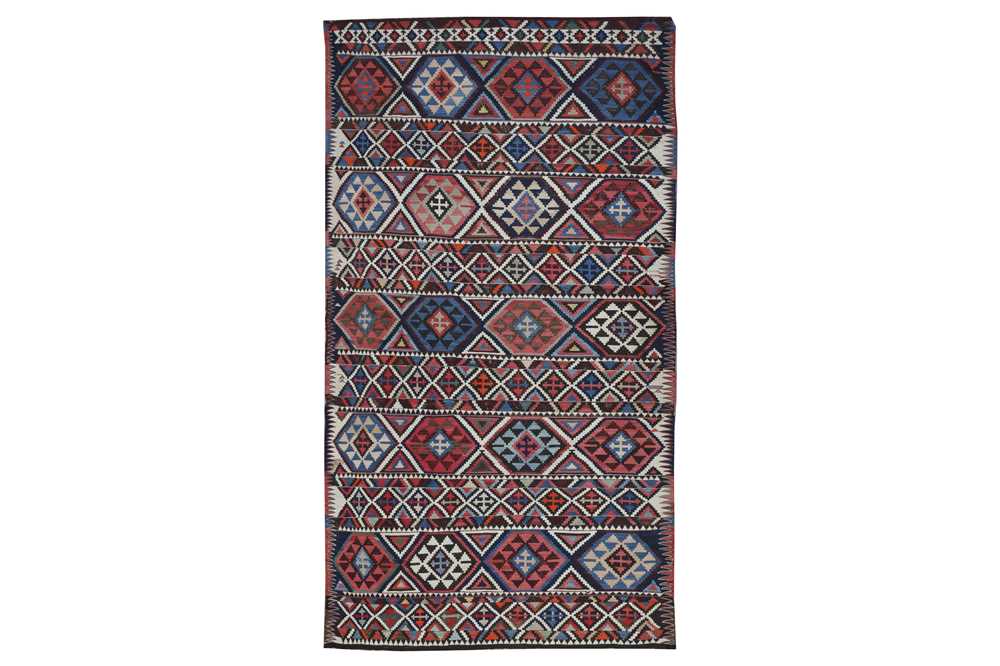 Lot 32, A fine Shirvan kilim, East Caucasus
Lot 32, A fine Shirvan kilim, East Caucasus
Design and Weave Quality
A balanced, well-executed design reflects the weaver’s skill. Look for symmetry and clarity in the patterns. Another key measure is ‘knots per square inch’ — the higher the count, the more intricate and higher quality the rug.
Are Antique Rugs a Good Investment?
While we do not recommend buying solely for investment, early pieces in good condition can increase in value. Persian silk rugs, in particular, are consistently in high demand. That said, the primary reason to buy should always be the enjoyment of owning a beautiful, hand-crafted piece of history.
Where to Buy Antique Rugs
Buying from a trusted source is essential. At Chiswick Auctions, every rug is checked for authenticity, condition and quality. You will also benefit from expert advice, a detailed condition report and the excitement of the auction itself — you might just walk away with a hidden gem.
Interested in the value of your antique rugs or carpets?
Contact our Fine Rugs & Carpets Department or request a free online valuation today
Or email, Mark Lampe, Head of Department, mark.lampe@chiswickauctions.co.uk for
